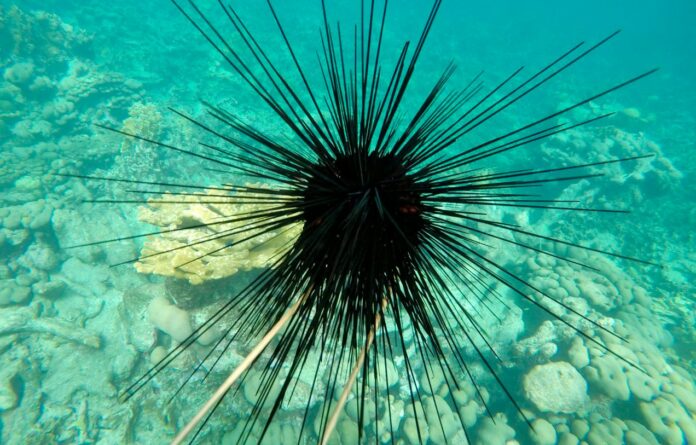In a quest to uncover the origin of a mysterious illness that has resulted in a staggering 85% to 95% decline of the long-spined sea urchin, a critical component of coral reef ecosystems stretching from the Caribbean to Florida’s eastern shores, a group of 42 international researchers has pinpointed the cause.
They discovered that the source of this enigmatic illness is a single-celled eukaryote known as Philaster apodigitiformis, which belongs to the ciliate group, comprising around 8,000 species. Notably, P. apodigitiformis is recognized as a parasitic organism in fish populations.
A research group spearheaded by Mya Breitbart, a distinguished University Professor at the University of South Florida’s College of Marine Science, has traced the massive die-off back to a single-celled organism known as a ciliate. This discovery sheds light on the primary cause of this catastrophic event, which has significantly impacted the health of coral reef ecosystems.
The findings were published today in Science Advances.
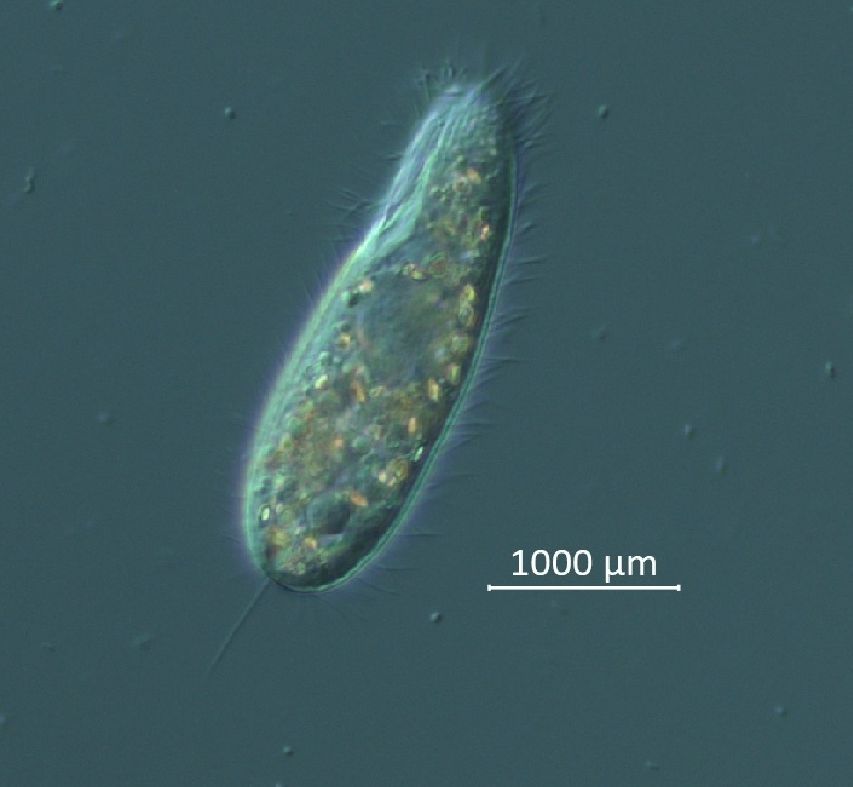
“We’re beyond thrilled to get to the bottom of the 2022 mystery and a bit stunned we did it so quickly,” comments senior author Breitbart. “We had a great team in place and the tools needed to do the ocean science equivalent of a forensic investigation.”
Tiny aquatic organisms known as ciliates, adorned with hair-like protrusions called cilia, are responsible for a recent die-off event among Caribbean sea urchins. These cilia enable ciliates to move and consume food, and they are typically harmless, inhabiting various water sources. However, a specific scuticociliate species has been previously linked to the deaths of other marine creatures, including sharks.
Researchers collected urchins from 23 different Caribbean locations to investigate the cause of the die-off. By employing a range of methods, they were able to pinpoint the source of the problem.
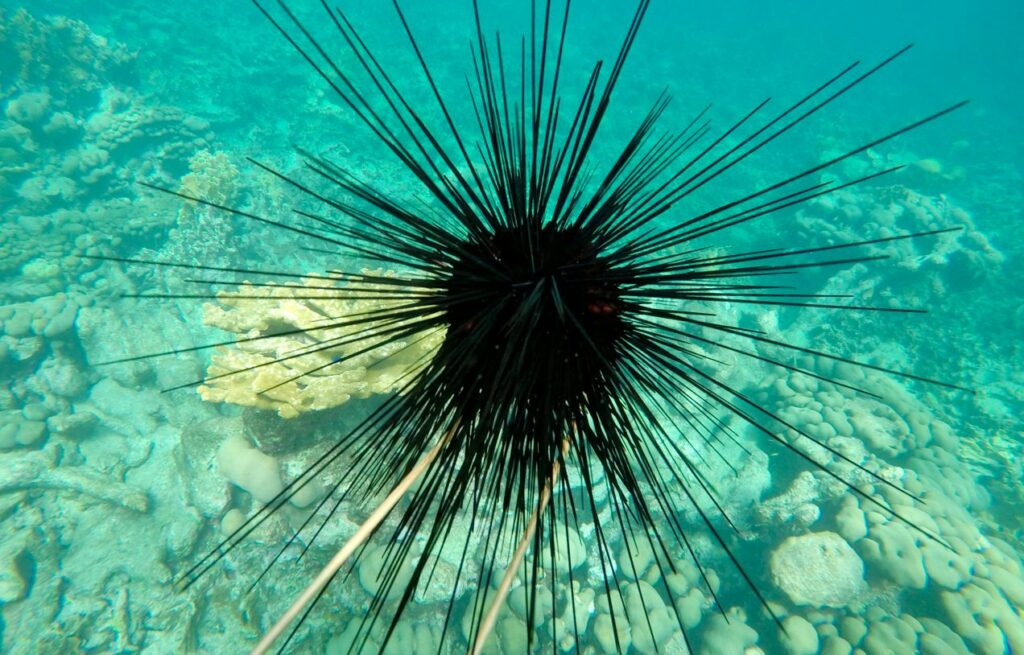
Using genomic techniques, the team found the ciliate in every sick urchin sample. Then, they grew ciliates in the lab and did infection tests at the USF College of Marine Science. When the pathogen was put into an aquarium tank with healthy urchins, the urchins died within a few days. This showed what was happening in the ocean and proved that the ciliate was the source of the disease.
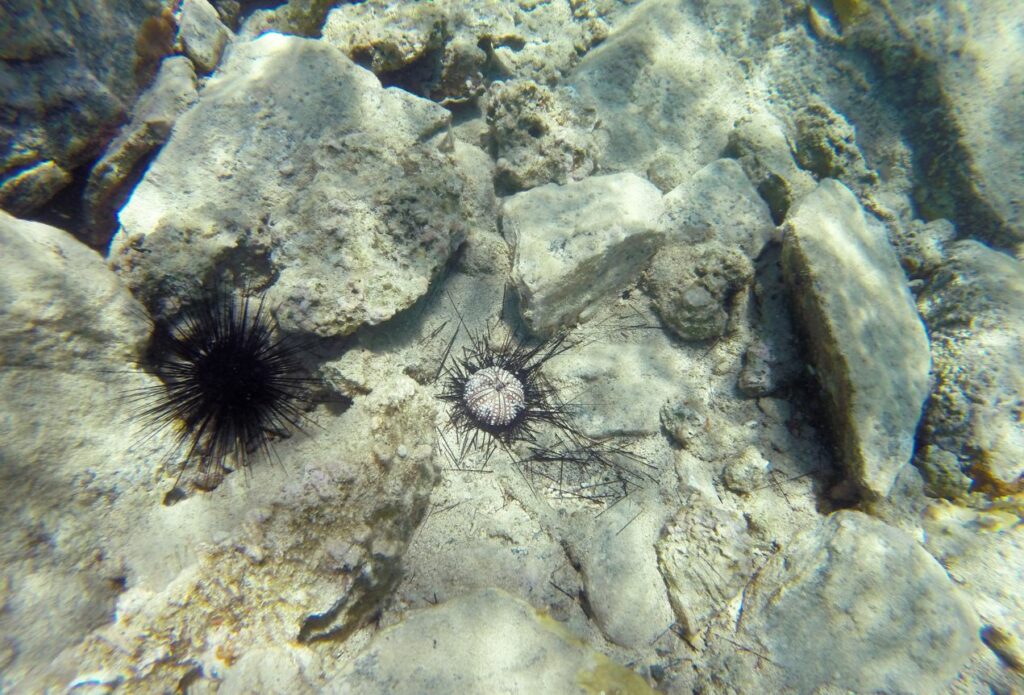
“We’re excited to share this information with everyone, from reef managers to additional scientists so we can explore it further and try to stop its spread,” Breitbart adds.
The long-spined sea urchins eat algae that would otherwise ruin reefs and live in shallow tropical seas. Within days of getting an unknown illness, they started losing their spines and beginning in January 2022, they started dying in great numbers.
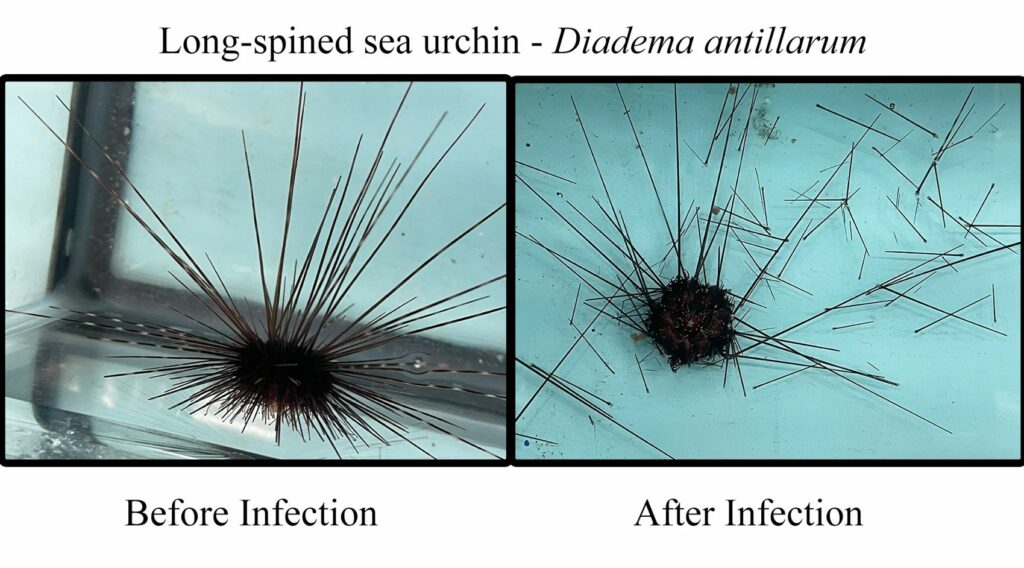
Early in the 1980s, a die-off identical to this one wiped off 98 percent of the long-spined sea urchin population. The cause of such a die-off is still unknown.
In late March 2022, a concerning die-off event was first reported to Breitbart. Swiftly, an expert team was formed, led by marine ecologist Ian Hewson from Cornell University, who is also the primary author of the publication. Joining him were Christina Kellogg, a microbiologist from the U.S. Geological Survey in St. Petersburg, Florida, with significant experience in coral reef disease research, and Isabella Ritchie, a graduate student from the University of South Florida.
“At the time, we didn’t know if this die-off was caused by pollution, stress, something else – we just didn’t know,” says Hewson, a specialist in studying illnesses responsible for large-scale sea star deaths, who journeyed from New York to the Caribbean Islands to examine the crisis.
Despite unraveling the enigma behind the unexplained die-off, several uncertainties persist. Key inquiries include:
- Has this ciliate recently emerged in the region, or did it preexist the die-off event?
- If it has a history in the area, which environmental factors contributed to its proliferation, and what prompted its invasion of the urchin population?
- Is there potential for this ciliate to impact other urchin species?
“One theory we have is that the ciliate grew well under high-productivity conditions that were observed in the Caribbean when the die-off first started,” Kellogg adds. “We’re also curious about the fact that there is some overlap in some geographic areas where this die-off occurred and where corals are declining from stony coral tissue loss disease.”
Even though researchers do not yet know how to treat infections caused by P. apodigitiformis, discovering the identity of the parasite could help them develop strategies for maintaining the health of Diadema sea urchins that are being raised as part of restocking efforts across the region, according to Hewson.
“Knowing the pathogen’s identity may also help mitigate risk to untouched Diadema through such things as boat traffic, dive gear, or other ways it may be moved around,” he adds.
Source: 10.1126/sciadv.adg3200
Image Credit: Mya Breitbart USF College of Marine Science / Ian Hewson Cornell University / UF/IFAS
